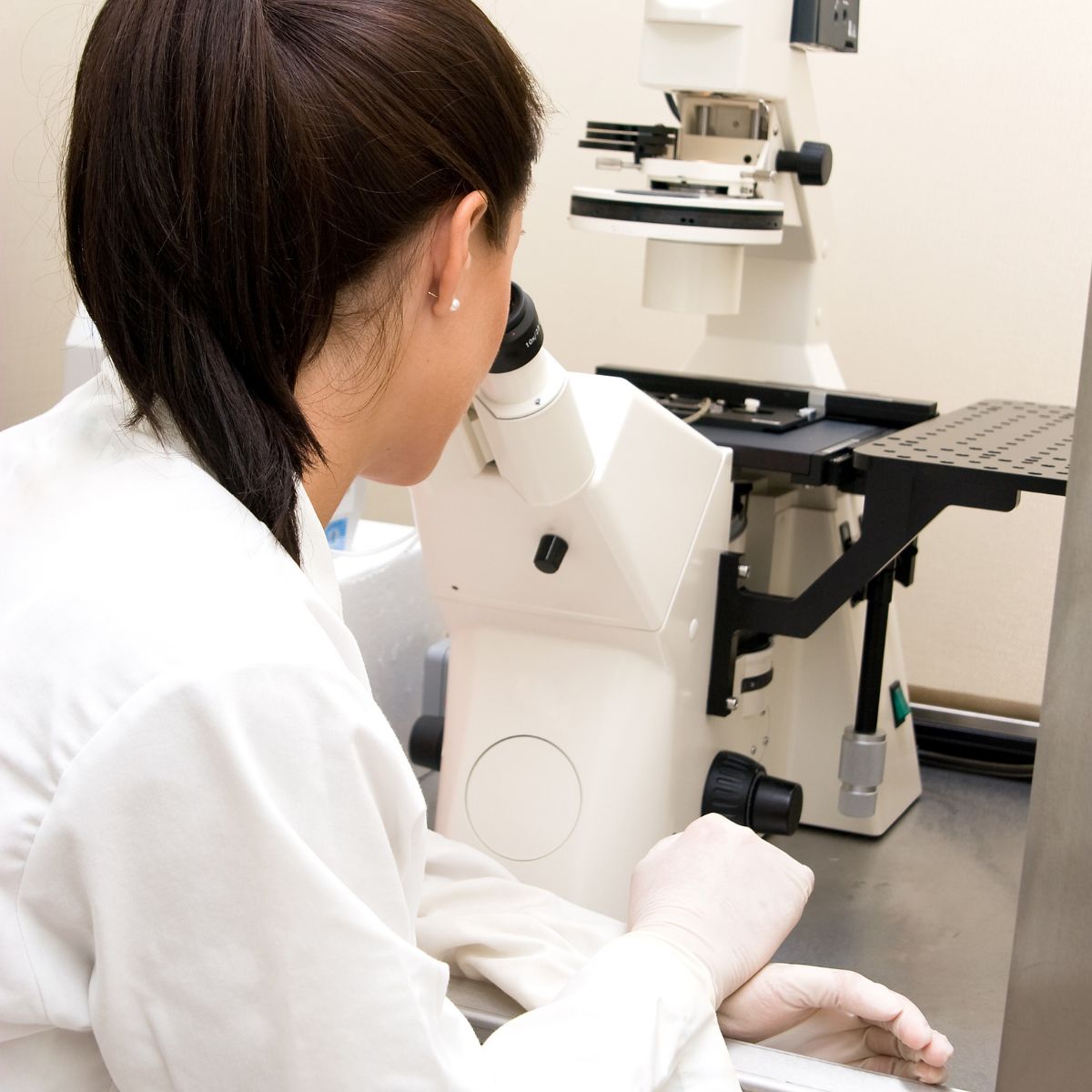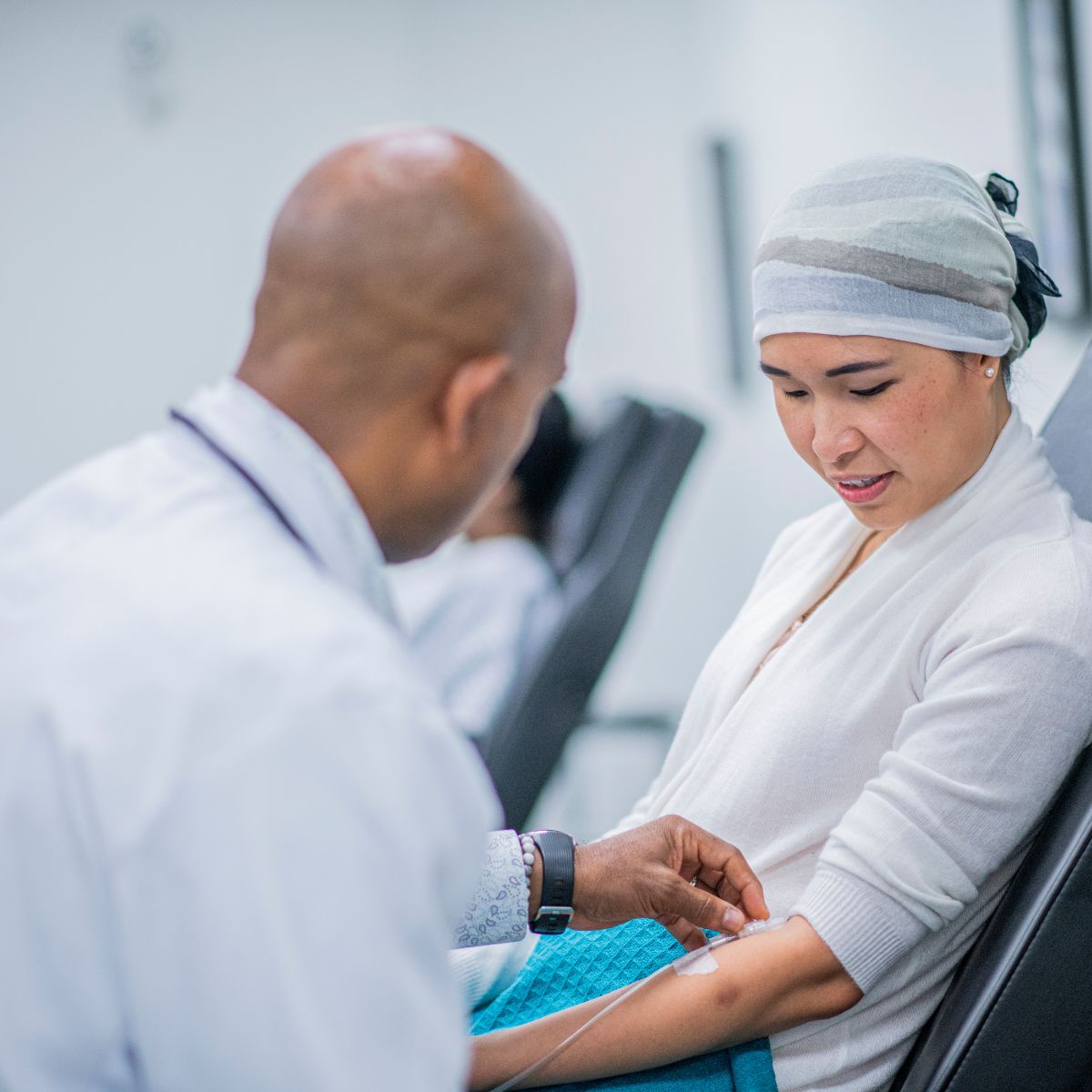

On May 26, 1926, Dr. Charles L. Gibson, a surgeon at the New York Hospital, presented the final results of a 12-year follow-up study before the American Surgical Association.[1] The study, which followed 537 cases of cancer observed in the First Surgical Service, was highly significant for its time. According to Gibson, it was:
practically an unique contribution to the subject. While the total number [of patients] is not impressive, I find no similar study of the total material of twelve consecutive years and on which a vast amount of personal effort, time, and money have been spent in the pursuit of results.
That “total material” included:
While the study was nowhere near comprehensive—its sample size was small compared to what we would find today—it was thorough for the time of its publication. It remains significant as not only a historical artifact of early cancer-surgery research but also a case study of why some research findings are accepted and others ignored. It helps to illustrate what happens to research when it does not align with the conventional wisdom of the day.

Though nearly a century has passed, this question is surprisingly easy to answer: the written record of the era’s medical attitudes toward cancer and surgery is strong. In mid-September 1926, only a few months after Gibson presented his study’s findings, the American Society for the Control of Cancer (ASCC, which became the American Cancer Society, or ACS, in 1944) hosted a widely publicized international symposium in Lake Mohonk, New York.[2]
Distinguished participants from the US and Europe met for five days at this symposium; in what was considered the most momentous gathering of cancer professionals ever, one hundred and nine professionals were present, not including many assistants, translators, and media representatives. Discussions with “many of those who were expected to attend [occurred] more than a year before the meeting took place.”
The published record of the symposium is nearly 350 pages long. It offers a deep look at the practices and attitudes of leading cancer professionals. Here are some of the most illustrative excerpts:
Dr. George Soper, Managing Director of ASCC, on the scope of the symposium and the topics to be discussed:[3]
The world does not contain higher medical authorities than are present at this meeting and it is not too much to say that a more distinguished group of students of the cancer problem has never been convened[. . .]
The public sorely wants instruction and advice on the subject of cancer and, failing to get the genuine, it readily accepts the counterfeit. Ignorance, superstition and quackery nowhere cause greater misery[. . .]
During the course of the meeting reports will be presented on practically every phase of the cancer problem. The prevention and cure of cancer[. . .] the prevalence of the disease and the question whether cancer is increasing[. . .] the value of radium and X-rays and surgery[. . .]
That civilization must wage a relentless war against cancer admits no question.”
(Incidentally, 45 years later, Nixon signed the National Cancer Act of 1971, which inaugurated an official “war on cancer” in the US. We have been fighting that war, with mixed results, ever since.)
Dr. William Welch, Director of the School of Hygiene and Public Health at Johns Hopkins School of Medicine, in his greeting to the foreign guests on behalf of the American hosts:[4]
Formerly, the pathologist, the surgeon, and the statistician were working independently along their own lines; they have now come together to a very great extent as the result of this cancer control movement[. . .] Many combined attacks on the cancer problem are now being made.”
Sir John Bland-Sutton, President of the Royal College of Surgeons and Vice-Chairman of the British Empire Cancer Campaign (BECC), in his response on behalf of the foreign guests:[5]
It is my earnest wish that if our Symposium leads to no great discovery, it will at least send out to mankind at large a message of hope.”
Dr. Charles Hastings, Medical Officer of Health for Toronto, in the discussion following the first presentations on strategies for the control of cancer in England and France:[6]
The matter of education is not so simple as it might seem. You will probably recall that some twenty years ago[. . .] Sir William Osler said that in his opinion the secret was ‘reiteration, reiteration, reiteration,’ to which one of his colleagues added, ‘without irritation.’ This is an art—to be able to repeat over and over again the same thing to the public in just a little different language.
I think that in many cases it is absolutely essential to alarm the public[. . .] I should be very glad to be able to produce a ‘cancerphobia’ if every person, on recognizing that he had any abnormal condition[. . .] would immediately consult his family physician, fearing that he had cancer.”
Dr. Robert Greenough, Assistant Professor of Surgery at Harvard University and Director of Huntington Memorial Hospital, on the radiological treatment of cancer:[7]
Medical opinion is very well united. No one today ventures to dispute the fact that the addition of radiotherapy to our resources has been of enormous benefit in the treatment of cancer. It has already modified what may be called the former standard treatment of cancer in many situations, not only in the advanced cases but in the early and favorable cases as well[. . .]
The best interests of the cancer patient demand that all effective methods of treatment be made available to him.”
Dr. Soper, again, on the organized movement for the control of cancer in the US:[8]
[The patient] must be convinced, through argument, as to the right course of action to pursue[. . .] motive force must be supplied in order to lead him to act upon his knowledge and conviction. It is not enough that a person should know what to do; he must be induced to do it[. . .] the Society [for the Control of Cancer] must make skillful use of the principles of practical psychology[. . .]
Although it would be desirable to point to a reduction in the death rate or to some other tangible evidence of the Society’s success, there is no such measure of its effectiveness in existence[. . .] [but] that there have been many cases of cancer prevented and many cured through the prompt recognition of early symptoms admits no question.”
Dr. James Ewing, Professor of Pathology at Cornell University Medical School and Director of Memorial Hospital, on the prevention of cancer:[9]
The semimedical literature of the day abounds in advice for the avoidance of cancer by dietary and hygienic measures. One of the largest sellers among recent books laid the whole blame for cancer upon constipation. The public should be informed that there are no panaceas of this sort. No particular type of diet has any known influence on the incidence of cancer. On the other hand, one may preach without limit moderation in all things, sane and simple living[. . .] physical exercise may perhaps be recommended[. . .]”

Many more excerpts from the symposium could be selected, but these snapshots illustrate the most important characteristics of cancer treatment and research of the day:
On the last point, we should remember that researchers and practitioners nearly one hundred years ago couldn’t possibly have known what we know today. It is unfair to hold them to today’s standards. Much has changed. And even when paternalistic, these practitioners were, by all indications, acting with only the best intentions.
Still, how did their views compare to those of their contemporaries? Were dissenting perspectives represented at the symposium?
The Lake Mohonk roster contained surgeons, pathologists, radiologists, and other clinical specialists. That’s because the conventional wisdom of the day greatly favored surgery for treating cancer. The idea that anything else—nutrition, for instance—could play a role in promoting cancer (much less treating cancer) would likely have been derided by anyone in attendance, for most surgeons had virtually no training in, familiarity with, or respect for nutrition.
Likewise, researchers focused on nutrition would have received little to no serious attention from their peers. Of the 11 founding members of the American Association for Cancer Research (AACR), the other major US institute for cancer, none had a background in nutrition.[12] There were, however, several surgeons and a couple of researchers with backgrounds in chemistry who would have advocated for research into the nascent field of chemotherapy.
This exclusion was not because of a wider lack of researchers or medical professionals focused on nutrition and cancer. There were many of them. They included Frederick Hoffman, the preeminent statistician of his day and presenter of a hugely influential speech on “The Menace of Cancer” in 1913, which led directly to the founding of the ASCC[13]; John Hughes Bennett, a senior professor of clinical medicine at the University of Edinburgh[14][15]; and Roger Williams, who believed that “no single factor is more potent in determining the outbreak of cancer in the predisposed, than excessive feeding.”[16] Even as early as 1809, William Lambe of the Royal College of Physicians in London warned against the association between high-meat diets and cancer.[17]
However, characters such as these were nowhere to be found at the five-day conference that brought together the leading thinkers in cancer treatment. It seems the enthusiasm for collaboration between different perspectives on cancer—an enthusiasm reiterated numerous times and on display above—was seriously limited. In practice, there seemed to be no interest in collaborating with nutrition–cancer researchers, statisticians focused on varying cancer rates around the world (there was only one professional statistician in attendance, and one of the presentations, delivered by a Dutch pathologist named H. T. Deelman, was specifically focused on debunking the most significant contemporary statistical analyses of cancer)[18], or even surgeons who might criticize dominant treatment protocols. In other words, surgeons like Gibson.
Gibson didn’t mince words:[1] “No sadder report of the disheartening status of cancer surgery has come to our attention. It is, however, inevitable, dealing only with facts.” He spoke of “frightful results in cancer of the intestines and stomach,” and of the 100% mortality rates of several other cancers, including gallbladder, liver, pancreas, and prostate cancers; he suggested that “mortality would doubtless be higher if the ‘unknown’ were included;” and he gave a harsh assessment of how surgeons were failing to deal with metastases: “no branch of surgery shows such statistical fallacies… probably the great bulk of the cases operated radically have existing metastases which lie dormant.”
On, “the outlook for improvement, early diagnosis and treatment,” he compared the situation to tuberculosis and ventured that “the public will solve the question rather than the profession,” assuming that the public could access research findings and treatment options. On the surface, this preference for giving more treatment options doesn’t sound so different from some of the remarks made during the Lake Mohonk symposium. However, Gibson placed far more trust in the public and didn’t suggest that professionals should manipulate anyone, much less pressure patients to undertake their preferred treatments.
On radiation, Gibson was cautious:
“we can give no definite statement. We regret to record, however, that our personal impression is that no improvement except moral effect of doing something has been attained[. . .] radiotherapy is often demanded by relatives and may involve needless expense, and there are unpleasant complications and discomfort. We think it is about time the partisans of radiotherapy published a study of results along the lines of this paper.”
The discrepancy between these remarks and Greenough’s “well united” medical opinion, quoted above, is glaring.[7] Rather than addressing Gibson’s concern—whether radiotherapy was worth pushing in the first place—the speakers at Lake Mohonk had already accepted radiotherapy and focused instead on convincing patients and their relatives to demand the new treatment.
Despite not appearing at the symposium, Gibson’s work was referenced in one of the final presentations, delivered by Howard Lilienthal, M.D., professor of Clinical Surgery at Cornell.[19] Lilienthal admitted that Gibson’s study was “conscientious and painstaking,” then proceeded to offer an interpretation radically different from Gibson’s own: “Gibson’s tables fully demonstrate the value of surgery [. . .] many of the cases reported are fine examples of operative skill and surgical judgment with results brilliant in the extreme.”
While Lilienthal was correct that Gibson’s data showed somewhat better outcomes for surgery patients, he exaggerated the difference. Around one in ten cases without operation, according to Gibson, were recorded as living; 17 percent of the cases with operation were recorded as living. Lilienthal celebrated this as a great improvement, but he didn’t address the potential differences between the categories. It’s plausible that many of the cases not operated on were considered inoperable (and perhaps more severe), and that no matter the treatment, these cases would have shown higher mortality rates.
Lilienthal also failed to answer Gibson’s concerns about metastases. He argued that: “We should not regard deaths from metastatic growths which were impossible to discover at the time of the operation as the fault of surgical technique.” But this ignored Gibson’s point. Gibson worried that no matter how sophisticated the surgical technique might be, it could not address unforeseen metastases. For Gibson, surgery’s failure to address metastases was not a separate matter, as Lilienthal wanted to frame it—it was one of the shortcomings that resulted from having such a highly targeted approach in the first place.

How might the absent Gibson have felt about Lilienthal’s reframing of the data from his study? It’s impossible to know. Nevertheless, the differences speak for themselves. They also illustrate why surgery skeptics like Gibson wouldn’t have been welcome at Lake Mohonk.
Whereas Gibson spoke of trusting the public, Lilienthal said: “It may be imperative to use the cudgel instead of logic or persuasion [on a stolid or slow-witted person].” Whereas Gibson encouraged rigorously testing the value of radiation and surgery, Lilienthal characterized consensus at the symposium: “We have thus far assumed that the physician belongs to that enlightened class which, in principle at least, believes in the efficacy of the early and radical extirpation of surgery. It must be recognized, however, that not all medical men have the same confidence.”
It’s a shame that the medical men without the same confidence as Lilienthal were not present to discuss their perspectives and data. But is it surprising? Rather than inviting those critics, Lilienthal and his peers focused on strategies for converting them: “Our problem is to set before the medical man clearly, briefly, and convincingly what can be done with his cancer patients and to make him appreciate the tremendous strength of his position [. . .] no matter what improvements and advances may be in store [. . .] surgery will always hold a foremost place in the line of combat.” In other words, appeal to the power of the surgeon. And appeal to what will be the continued domination of the surgeon as long as surgery remains the dominant treatment protocol.
In the summary of the symposium’s final dinner, Dr. Phillips celebrated the comradeship and diplomacy on display, citing that there had been no attacks on individuals or institutions[20] “It was a great thing,” he said, “to preach up the right rather than preach down the wrong.” But as well-intentioned as that sentiment might have been, what if disruption was required? What if disruption is still required, but the institutions shaping the discourse remain the very ones which, more than one hundred years ago, uniformly decided against disruption? Against the challenge of a dread disease—a disease which remains a leading killer—what if the early strategists would have benefited from a little less comradeship and exclusivity?
This article is part of a series on The Future of Nutrition: An Insider’s Look at the Science, Why We Keep Getting It Wrong, and How to Start Getting It Right by T. Colin Campbell, Ph.D. (with Nelson Disla).
Copyright 2025 Center for Nutrition Studies. All rights reserved.